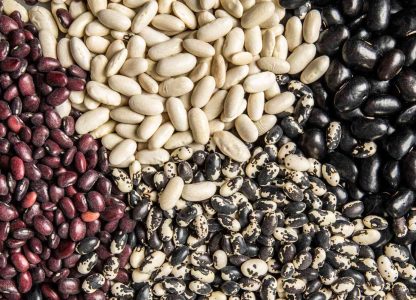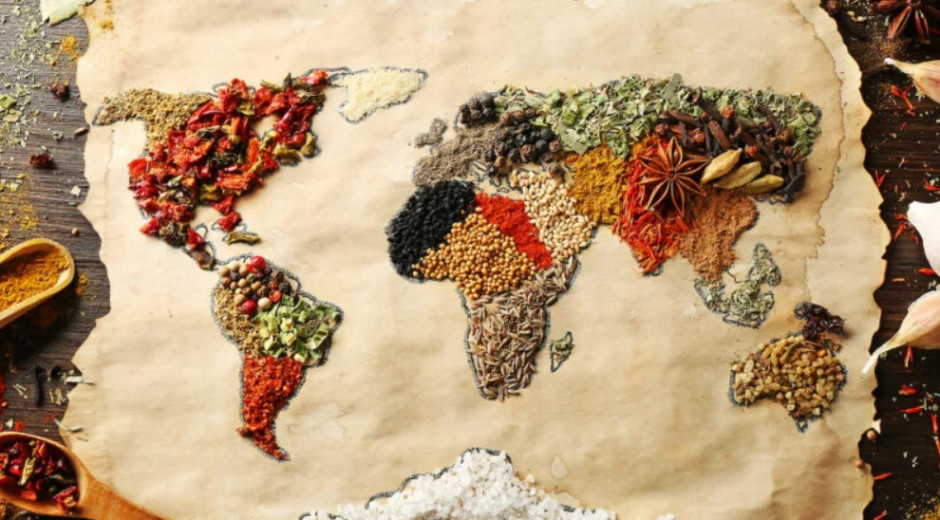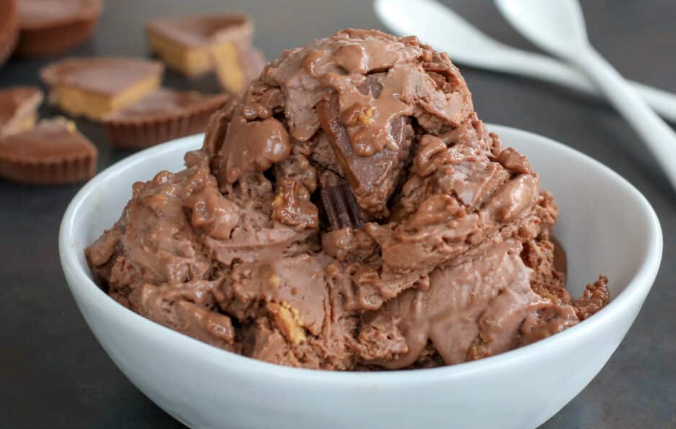Eat more legumes. Eat more legumes and beans (the focus on this post) per day for higher intakes of insoluble and soluble fibre and polyphenols (more fibre and polyphenols are always signpost for a healthier gut microbiome and immunity), protein, B vitamins, calcium, potassium, folate, zinc, iron and magnesium as well as lower intakes of total and saturated fat. Eaten regularly, legumes help lower risk of coronary heart disease, the leading cause of heart attack, hypertension, type 2 diabetes, cholesterol and blood pressure.
Legumes, and beans specifically here, are very affordable* (I bumped into black, lima/butter, borlotti and cannelloni beans in Lidl – £2.50 for 900 grams). They have a long shelf-life (store well in the fridge or freezer), there are thousands to choose from and a community of interest to engage with (making 30+ plants a week easy-pea-sey) and they are a great option for those opting for low-dairy or gluten-free diets, as well as leaving you feeling fuller, for longer (the usual cautionary nutritional note, if increasing your fibre intake – take it slow and steady, be active, hydrate and give your gut time to adapt to your enthusiastic nutritional decisions). More on legume and bean nutrition later and exploring beans in part II.
Is it an image problem?
So why aren’t these nutritional powerhouses, tasty, affordably priced and versatile, punching above their weight? Too vegetarian / vegan? Not elsewhere in the world and not at Bold Bean Co. What I will say, the term(s) “legumes,” do not help. That is, the terms legumes, pulses, beans, lentils and peas are often interchangeable and confusing. Of course there is the ZOE podcast to help educate me, I was reading Tami Hardeman’s “Power Pulses,” and I have added Dr Rupy Aujla to Who’s Who – there is a connect with his advocacy for “nutritional medicine” and wellness. And there is a vest bean community to connect with. Bean business is bigger than you thought, I promise you that.
Let’s tidy up the terms?
There are hundreds of posts addressing this question and I am still confused. Does it really matter? I do not think so.

- Legumes – any plant from the “Fabaceae” family and that would include it’s leaves, stems and pods. Of which there are many!
- Not all of the plants classified as legumes produce edible seeds or pods
- Commodity vs Heirloom beans: Standard varieties are called “commodity beans,” bred for yield/profit. Heirloom beans, by contrast, are trickier to grow, with lower yields, bred for appearance and taste.
- Pulses – the edible seeds of the legume plants. Pulses include beans, lentils and peas.
- A pea pod is a legume, but the pea inside the pod is the pulse.
- Peanuts are a legume
A pea pod is a legume but the pea inside the pod is the pulse.
- Beans and legumes are often used interchangeably. However, even though beans are legumes, there are other legumes that can not be classified as beans!
- Lidl haul £2.50 per 900 grams
- Black – Mild and earthy, heavy-ish and meaty
- Later I would learn that Black beans are a staple in some of the “longest-living humans” and are the beans richest in polyphenols
- Lima/Butter – White, nutty Nutty, sweet, and buttery, smooth, silky and creamy
- Cannellini – White, nutty and earthy, tender but still semi-firm
- Borlotti/cranberry – mild and nutty, soft and a little creamy
- Black – Mild and earthy, heavy-ish and meaty
- Lentils – a lens-shaped seed – brown, red, green, puy and yellow.
- Whole lentils (with husks) take longer to cook and retain their shape
- Split lentils (without husks) cook very quickly and break down into a puree
- Peas – a legume, mostly green, generally round. Beans have a wider variety of shapes.
- Black-eyed peas are beans!
- Peanuts are legumes rather than nuts. They offer a good source of monounsaturated fats, polyunsaturated fats, protein, and B vitamins.
Why legumes and beans? Whole foods plant-based
Eating more legumes and beans is part of the “Nutrition. Wellness. Habit” out and interest in whole and plant-based foods – but not only.
Noting the fibre, protein, essential vitamins and minerals, legumes and beans are a powerhouse. The soluble fibre can help manage body weight, blood sugar levels and lower cholesterol (trapping dietary cholesterol inside the digestive tract – excreted rather than absorbed), the insoluble fibre on the other hand, assists with digestion and regularity and lastly, a number of studies have confirmed the satiating properties of legumes, attributed to their combined high protein and fibre content. As for the carbohydrates, oligosaccharides (non-digestible, fermentable fibres responsible for the flatulence) and resistant starch can increase production of good bacteria for a healthy gut microbiome and help regulate and train your immune system.
I had planned to explore lentils next! Dhal in fact, when I bumped into four packs of dried beans in Lidl – Black, Lima/Butter, Canellini and Borlotti. Aware of the nutritional benefits of beans, liking beans, and having already included legumes, beans and peas (tinned and frozen) in my nutrition, though having no idea what to do with dried beans, I bought them – time to educate, explore and experiment.
As with organic food, heirloom over commodity beans, I am side stepping the ethical and sustainability issues. Nutrition is “a puzzle of availability, convenience, taste and education.”
On the benefits of regularly eating legumes that contain phytochemicals – wellness and mental well see Dingeo et al. 2020 and Noruzi et al. 2022.





Pingback: Legumes – the 3Es with beans (part II) – Edventures
Pingback: I am going nuts – losing fifty pounds Day #62 – Edventures
Pingback: Day #93 Why “whole-foods” and “plant based” – but “not only” – Edventures